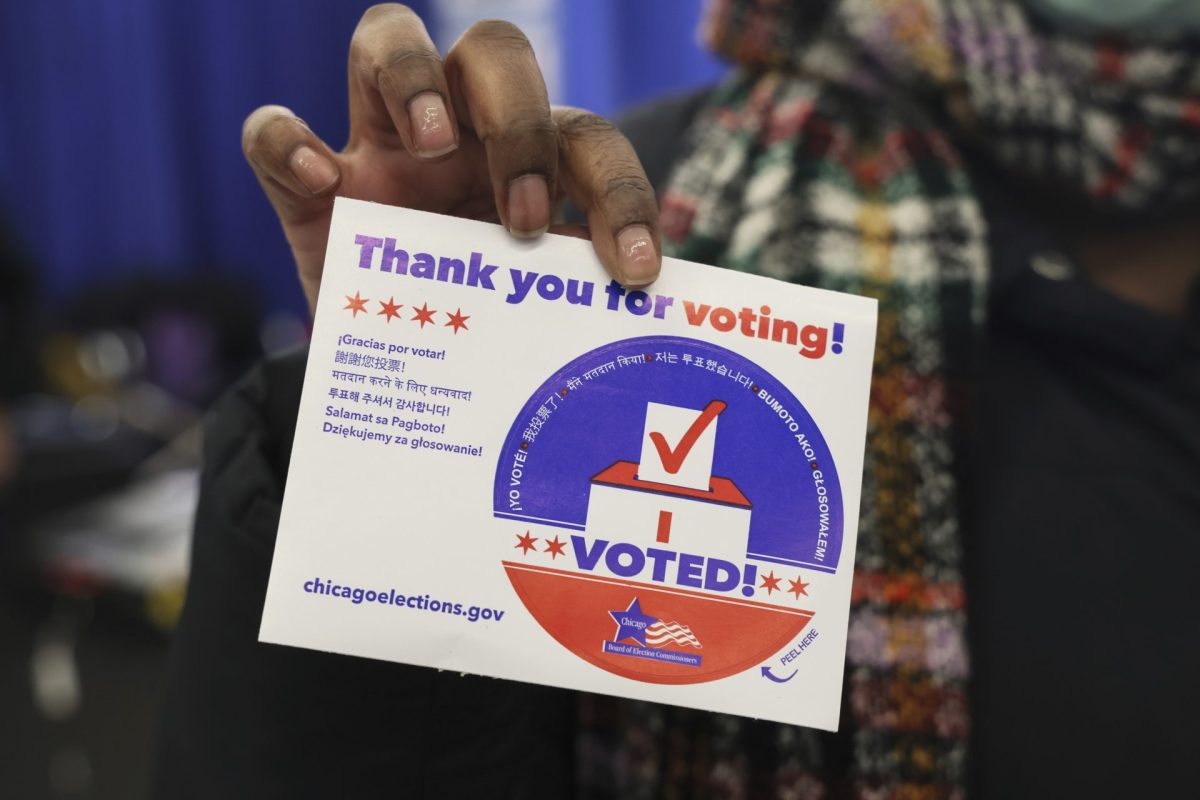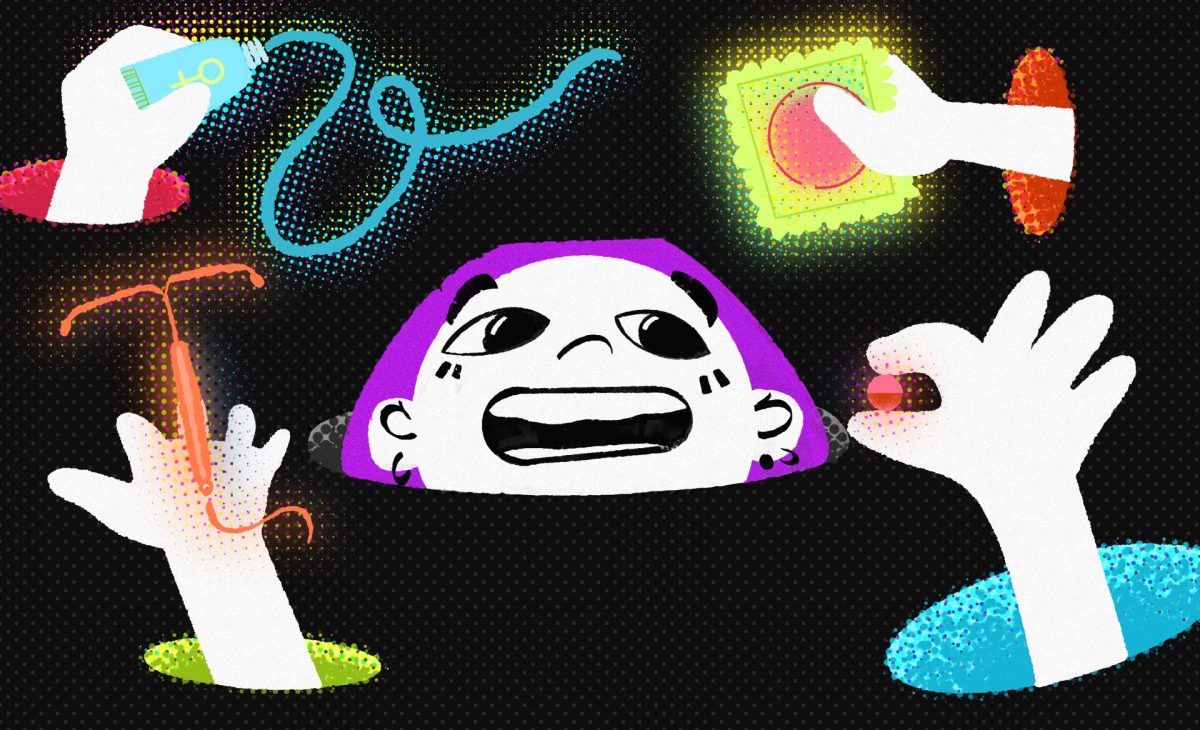A hoodie is one of the most comfortable articles of clothing someone can wear. DePaul students themselves can frequently be seen rushing to class in the morning wearing one.
“They’re comfortable and I own at least a few of them,” said Pete McGraw, a junior studying business at DePaul. “I also think they look cool. I have one that is my favorite color, red, and I can wear it in a big range of temperatures.”
Yet now there is an assumption that only dangerous people wear hoodies. When Trayvon Martin was shot by George Zimmerman, some members of the media, such as Geraldo Rivera, placed blame on Martin’s hoodie for his death.
“He wore an outfit that allowed someone to respond in this irrational, overzealous way,” said Rivera on Fox and Friends. “And if he had been dressed more appropriately – I think unless it is raining out or you are at a track meet, leave the hoodie home.”
This does not sit well with McGraw, who said that Rivera’s comments are “ridiculous.” But still the stereotype exists.
The hood was not always seen as “stylizing yourself as a gansta’,” as Rivera put it. In fact, pulling one’s toga over their head during prayer was a “sign of piety and respect” during ancient Roman times, said Julie Hillery, who teaches a clothing and society class at Columbia College. Years later, the hood was adopted by people in the Middle Ages, only these head covering instruments were not originally called “hoodies.”
The dictionary definition of a cowl is a hooded cloak often worn by monks. However, during the Middle Ages more than just religious people wore them.
“If you are a rich person or king living in a nicely warm palace you’re going to have a different type of headwear. But the cowls, they are not specifically religious,” said Father James Halstead, the religious studies chair at DePaul. “They’re a working class kind of clothing that simply keeps you warm in the winter.”
However, Father Halstead says those who have continued to wear them today tend to wear “religious habits.” According to Halstead, the reason does not have anything to do with religion, but people wear them “because they are practical and they keep you warm.” When Father Halstead was studying in Europe, he wore a hood, saying that it is “damn cold in the middle of Europe.”
Father Halstead continues to wear a hood as part of his ceremonial outfit, which he wears during academic events such as graduation ceremonies and opening convocation.
According to Hillery, the hoodie has also been associated with “illicit activity” hundreds of years ago.
“During the 12th century young apprentice boys who became rebels in London wore hoods to hide their faces,” said Hillery. The same can be said about women in the 17th century who were trying to remain anonymous when visiting their lovers.
Fast forward to the 1930s and Champion Sportswear reintroduces the hood as a utilitarian outfit. This time the hood is attached to a sweatshirt used to keep outside laborers working in cold temperatures warm.
Then by the 1970s the hood took an old form again. People realized that a hood was a good way to conceal one’s identity. According to Dennis Wilson’s 2006 New York Times article “A Look Under the Hoodie,” graffiti writers, muggers and gang members began to commit crimes while wearing hoodies.
Eventually the hoodie would hit the mainstream around the 1990s when fashion companies, such as Ralph Lauren, started making hoodies because of the success of rappers like the Fresh Prince of Bel Air, who made styles that were traditionally considered popular among criminals.
Since then everyone has been wearing the hoodie, from fashion models to business owners. Recently, the billionaire 20-year-old Mark Zuckerberg even unveiled Facebook’s IPO while wearing a hoodie.
A DePaul student said Zuckerberg was being “a little bit disrespectful” because people should dress professionally while in a business setting. Michele Lasky, 22, a senior accounting student, said she does not wear hoodies often because they “look sloppy” and she likes “to look nice when she goes out in public.”
Others agree that the hoodie looks disrespectful. Michael Pachter, a research analyst from Wedbush securities, said Zuckerberg’s casual attire is a cause for Facebook’s stock doing poorly.
Now a mini fashion revolution has been sparked. Betabrand is selling a “Navy Executive Pinstripe Hoodie,” which has the typical hoodie feature but looks as if it could be worn by a high-end New York City lawyer.
Even heroes in some of the most popular movies have worn hoodies. Imagine a Jedi Knight without a hood over his head or Rocky Balboa running through the streets of Philadelphia in a sweat drenched t-shirt rather than his patented towel and gray hoodie.
Then there is the effect that the shooting of Martin has had on the hoodie, from the entire Miami Heat team taking a photo of themselves with their hoods up to the “Million Hoodie March,” where people in Manhattan called for justice in Martin’s case. The meaning of the hoodie has certainly changed over the years.
“The hoodie currently is being used as a symbol against social injustice associated with the shooting of Trayvon,” said Hillery. “I do believe that it will continue to represent something different now. It represents what people view as social injustice and has played a big role in symbolizing that. It has definitely secured a place in history as a symbol of injustice.”
?

- April 14Holtmann bolsters roster with three more transfers and multiple coaches
- April 14DePaul athletics modifies plans for new practice facility
- April 14United DePaul organizes graduate students, student employees and adjunct faculty in unionization efforts
- April 14The art of local drag queen, Shabloop Ms. Gaggy
- April 14Students with undocumented parents skeptical to submit FAFSA form
- April 14FEST date announcement paints hopeful picture for annual concert
- April 14Column: Donovan Clingan etches his name into Connecticut history
- April 14‘No Excuses’: Despite construction, DePaul volleyball rallies for spring season
- April 14“Challengers” review: Competition is a dish best served in threes
- April 14DePaul SGA approves new constitution






